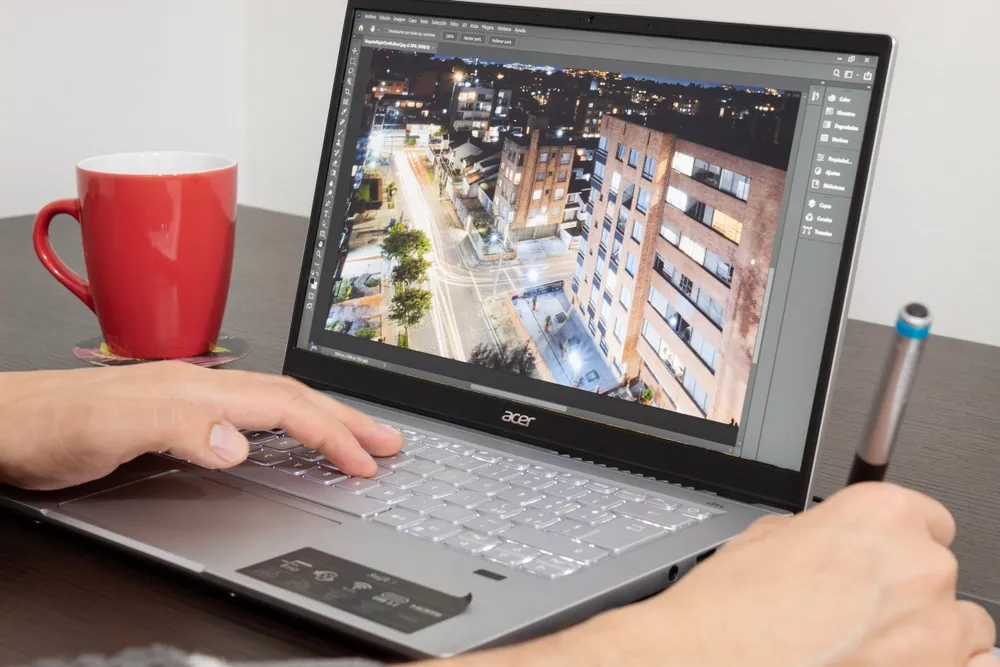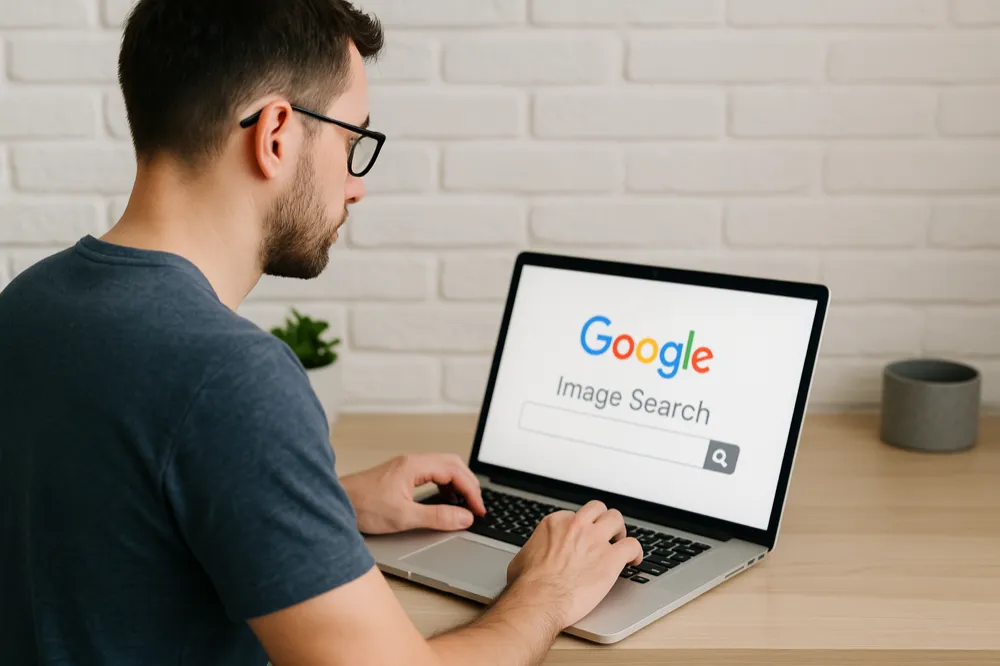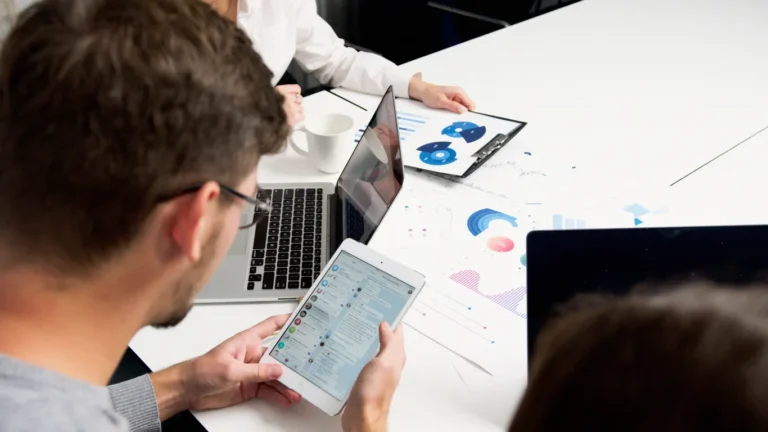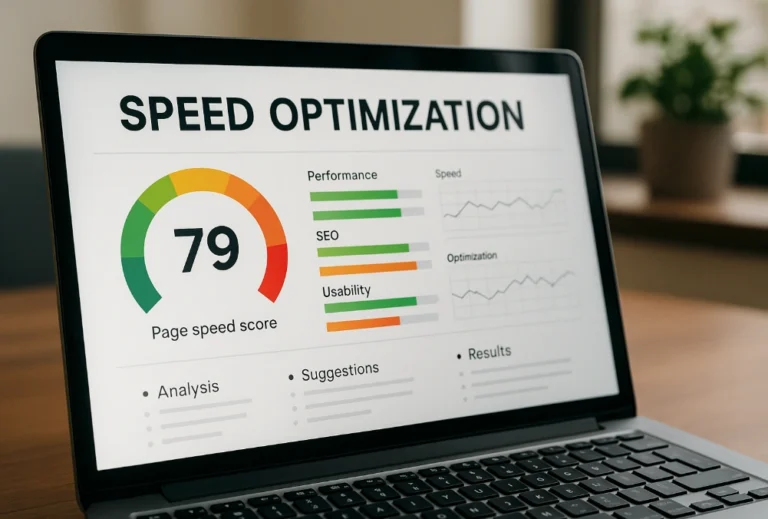Did you know that over 36% of American consumers have used visual search when shopping online? (Source: Insider Intelligence). As user behavior evolves, so do search engines, and visual search is leading the way. Visual search uses AI to identify elements within an image and return relevant search results based on what it “sees.”
With smartphones becoming the primary search tool and photo apps integrating image recognition, visual search on Google is no longer futuristic, it’s foundational. From e-commerce to travel and design, this tech is reshaping how users interact with search engines.
This blog post breaks down what visual search on Google is, how it works, and how brands can optimize their images for maximum visibility. You’ll learn how to improve your SEO image search strategy, avoid common mistakes, and leverage tools to stay ahead in this growing trend.
What Is Visual Search?
Visual search allows users to search by uploading or taking a picture instead of typing a query. Rather than relying on keywords, the system analyzes the contents of the image using AI and machine learning to identify objects, text, and context.
Google Lens, for example, can identify everything from clothing items to landmarks and even translate text in real time. As search becomes more intuitive and accessible, this method of discovery is expanding across platforms, and search engines are prioritizing visuals more than ever before.
How Google Processes Visual Searches
Google uses a combination of computer vision, AI models, and semantic understanding to process visual searches. When someone uses visual search Google tools like Google Lens or Google image search, the engine interprets the pixels, colors, shapes, and patterns in the image. It then cross-references this data with existing indexed content to provide the most accurate results.
To make this possible, Google relies on metadata, file names, alt text, and contextual content. That’s why image search optimization isn’t just about uploading pretty pictures, it’s about making your images searchable and understandable by machines.
Why Google’s Visual Search Should Be on Every Marketer’s Radar
Visual discovery is reshaping digital behavior. 62% of Gen Z and Millennial consumers prefer visual search over other technologies (Source: ViSenze). That means marketers need to rethink how they approach SEO from a visual-first perspective.
Your Audience Is Already Using It
Users are already uploading pictures to search for products, inspiration, and information. Visual search engines like Google Lens and Bing Visual Search are making this process effortless. If your visuals aren’t optimized, you’re invisible to this growing audience.
Visual Search Brings High-Intent Traffic
When someone searches with an image, they’re often closer to making a purchase or decision. Visual searches often begin with a photo of a product or item someone wants to find. This behavior indicates intent, making visual search a powerful driver of conversions.
Google Is Prioritizing Visual Search
With ongoing updates to Google Lens and visual AI tools, visual search on Google is being deeply integrated into the search experience. Google has even started surfacing image content in rich snippets and featured results. Brands that focus on SEO, graphics, and image search optimization will naturally gain a competitive edge.
Better UX Means Better SEO
Improved image search optimization leads to faster load times, better mobile experience, and more on-page engagement. These elements support SEO and contribute to a more user-friendly website. Google rewards clean, efficient sites with better rankings and higher visibility.
Richer Visual Content Drives Brand Authority
High-quality visuals are more likely to be shared, pinned, and reused across the web. This generates backlinks and increases brand recognition organically. Optimizing visuals for search boosts rankings and enhances your brand’s authority in visual ecosystems.
Competitive Advantage for Early Adopters
Visual search is still an emerging trend, meaning there’s less competition than in traditional SEO. Brands that invest in SEO, graphics, descriptive file names, and structured data now will benefit from stronger visibility later. Being ahead of the curve can solidify your presence in search results as the market matures.

Tools to Help with Visual Search Optimization
To stay ahead, it’s important to use the right tools. These platforms can help you enhance your SEO image search strategy.
Google Search Console
Use this to monitor image performance, see which visuals are indexed, and identify technical issues. It helps ensure your images are accessible and properly crawled by Google’s bots. This tool is essential for anyone serious about dominating Google image search results.
ImageKit or Cloudinary
These platforms help compress and serve optimized images without sacrificing quality. Their automatic format delivery based on browser and device improves user experience. Faster load times and properly sized files boost both page performance and image search optimization.
Screaming Frog SEO Spider
It helps audit your site for missing alt text, broken image links, and oversized files. These are all critical components of strong SEO graphics. By flagging technical issues early, this tool supports a clean and search-friendly visual presence.
Adobe Photoshop and Lightroom
These programs aren’t just for creatives; they’re powerful for marketers focused on visual branding. High-quality images crafted here are more likely to attract attention in a crowded visual search engine landscape. Ensure images are saved with proper naming conventions and compression settings for better performance.
TinyPNG or ShortPixel
These free and affordable compression tools reduce image sizes significantly without compromising quality. Smaller image files mean faster load times and better mobile performance, which Google favors. This is a simple but crucial step in SEO image search strategy.
Visual Search Across Platforms
Visual search extends far beyond Google. Here’s how to approach visual search on different platforms and what works best for each.
| Platform | Best For | Optimization Tip |
| Google Lens | Retail, Local, Products | Use structured data and a mobile-friendly design |
| Pinterest Lens | DIY, Fashion, Recipes | Write keyword-rich pin descriptions and categorize properly |
| Bing Visual Search | Retail, Services | Optimize meta tags and file naming conventions |
Visual Search SEO Mistakes You Might Be Making
Even the best marketers can slip up when it comes to image SEO. Watch out for these common errors.
Skipping Alt Text
Alt text is essential for accessibility and SEO. Without it, search engines can’t interpret your image or associate it with relevant queries. Descriptive, keyword-aligned alt text enhances your image’s discoverability in Google image search.
Using Generic File Names
“Image123.jpg” tells search engines nothing about your content. Instead, use clear and specific file names like “seo-visual-search-graphic.jpg” to improve relevance. This supports better indexing in visual search engines.
Ignoring Mobile Optimization
If your site isn’t mobile-friendly, images may load slowly or not at all. That creates poor user experiences and affects rankings, especially with tools like Google Lens being predominantly mobile. Optimized visuals should load quickly and clearly across all devices.
Overlooking Structured Data
Structured data like Schema Markup helps search engines understand the context around your visuals. Without it, your content might be overlooked in image search optimization efforts. Applying markup can also improve eligibility for rich results in Google image search.
Using Low-Quality or Blurry Images
Search engines prefer high-quality, sharp visuals. Blurry or pixelated images lower trust and engagement from users. In a competitive visual search environment, clarity and professionalism go a long way.
Missing Captions or Context
Images without accompanying context may confuse both users and search engines. Captions help provide additional semantic meaning, which boosts SEO graphics visibility. Don’t let your visuals sit isolated on the page; integrate them with helpful, relevant content.
Ignoring File Size and Format
Large image files increase load times and frustrate mobile users. Use formats like WebP or optimized JPEGs to maintain quality with faster performance. Faster pages are rewarded in visual search on Google rankings.

LeadOrigin’s Approach to SEO for Visual Search
LeadOrigin understands that visuals are not just assets, they’re conversion tools. As a top digital agency, we specialize in small business website development, incorporating strategic SEO elements, including full image optimization for visual discovery.
From our offices in Houston, TX (2100 W Loop S #1400) and Palo Alto, CA (228 Hamilton Ave Suite 325), we’ve helped brands across industries create search-friendly websites that rank on both text and image searches. Our SEO packages include custom image tagging, schema markup, and performance monitoring to ensure your brand shines in every pixel.
Stay Ahead: Make Your Visuals Work for You
Visual search is growing fast, and the brands that adapt will lead the pack. Consumers are shifting toward image-based discovery, and Google is responding with advanced AI tools. The sooner your business adopts image search optimization strategies, the more competitive you’ll become in both organic search and customer engagement.
LeadOrigin is here to make that transition seamless. With a strong foundation in website development and SEO, we know what it takes to make your business visible, graphically and strategically. Contact us today!






